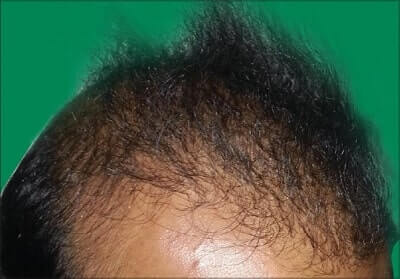
On this blog, I have regularly covered all of the world’s most important hair related conferences. However, when it comes to all-encompassing conferences related to dermatology, medical aesthetics, plastic surgery, regenerative medicine and anti-aging, I usually skip the vast majority. But it is now impossible to avoid discussing the behemoth of an annual gathering that is known as IMCAS.
IMCAS World Congress 2025
The IMCAS World Congress 2025 is currently taking place in Paris, France and runs from January 30, 2025 through February 1, 2025. According to the organizer, this 26th edition of the Congress will have 18,700 attendees, 900 speakers and 370 exhibitors. They call it the leading congress in dermatology, plastic surgery and aging science, with 136 countries represented in this edition. The IMCAS World Congress was first inaugurated in 1998 in Paris.
The number of interesting subjects in relation to anti-aging and regenerative medicine are too many to list here. They have some large PDF files regarding all the presentation sessions and more for download on their site. Skin regeneration related topics are plentiful, and sometimes new skin comes with new hair follicles.
Earlier today, laser technology pioneer and Follica co-founder Dr. Rox Anderson gave a speech. He will also present during a session on lasers.
Hair Loss Related Presentations at IMCAS
A number of hair loss experts and hair transplant surgeons in my WhatsApp group are attending IMCAS 2025, and the excitement has been palpable for months. Of course some of them seem more excited about the after party and social events, something you also notice at the annual ISHRS conferences.
Dr. Andy Goren is presenting on oral Minoxidil and sulfotransferase activity. Dr. Sergio Vano Galvan and Dr. Young Seob Lee are presenting on exosomes. Dr. John Cole will discuss both PRP and exosomes. Dr. Rachita Dhurat has a presentation titled: “H1 antagonists in the treatment of androgenetic alopecia”. Dr. Rubina Alves from Spain will talk about microinfusion of drugs into the skin for hair loss disorders. There are many other sessions, including plenty on hair transplants, along with live workshops and training sessions.
Update: Dr. Cole’s presented on exosomes for hair growth. Make sure the audio is turned on. Dr. Zarev discussed his gigasession hair transplants.
Social Media
Make sure to search for #IMCAS2025 on social media platforms to get the latest videos and news updates from the Congress.
